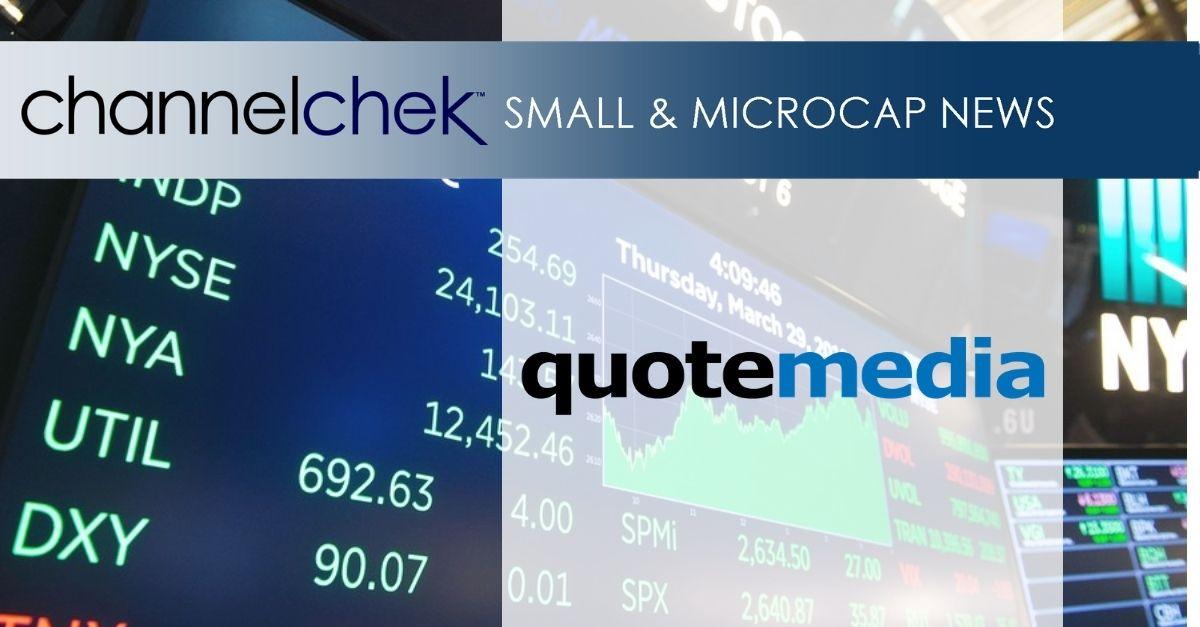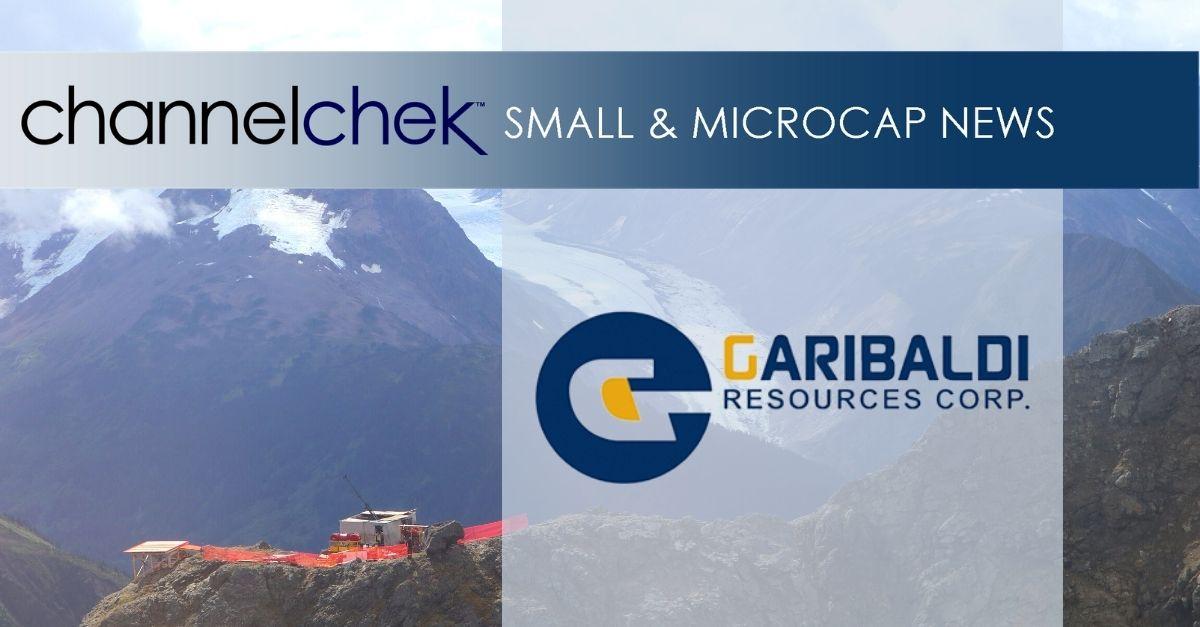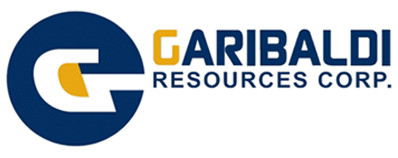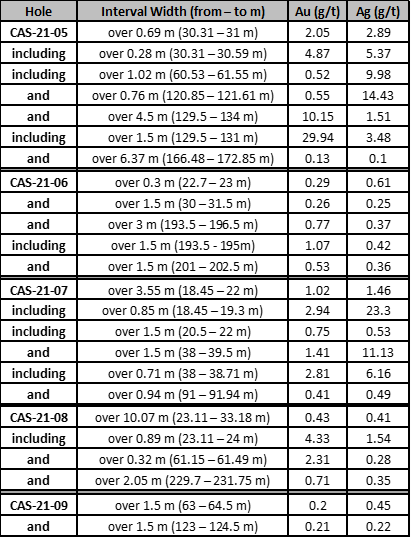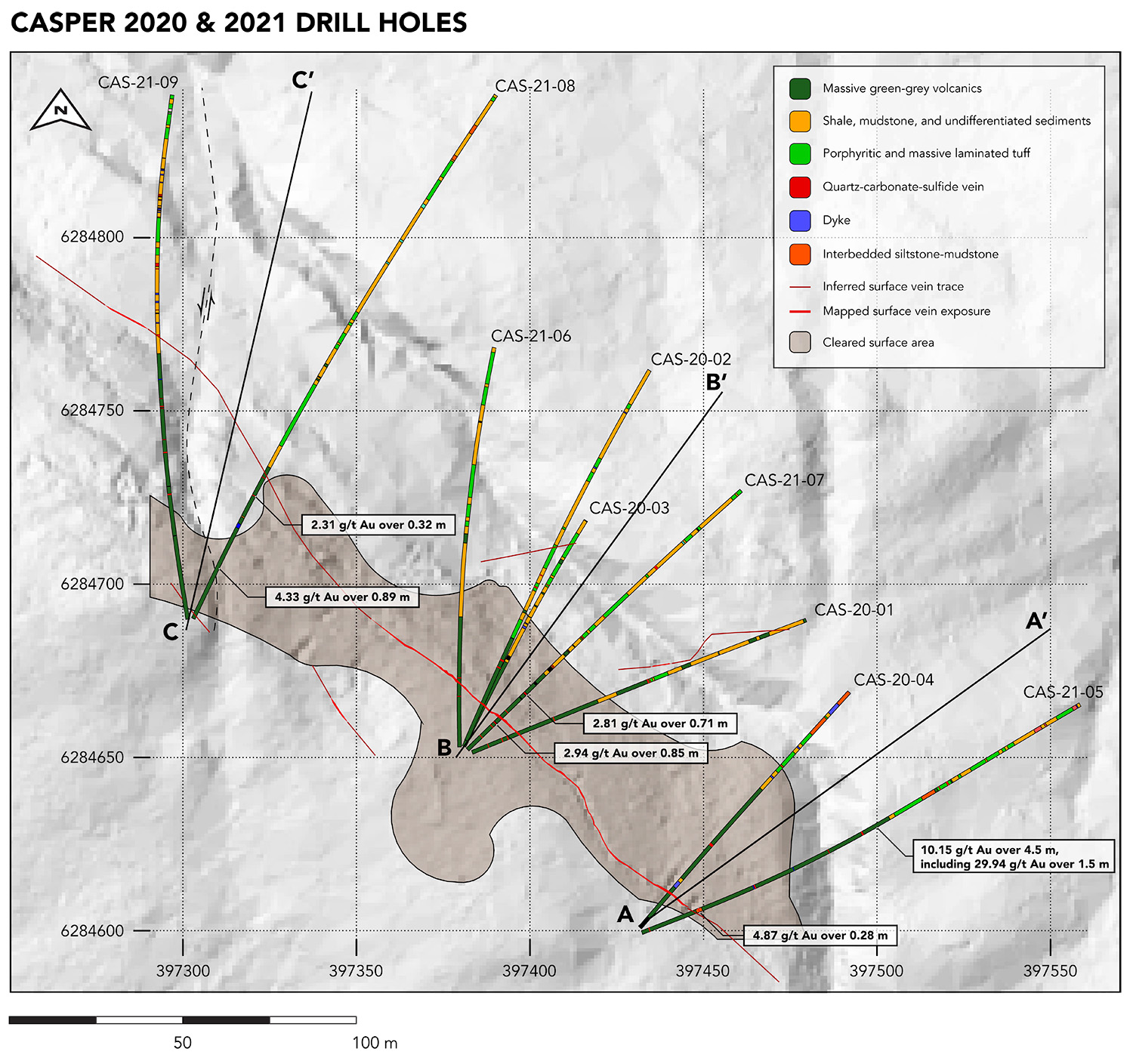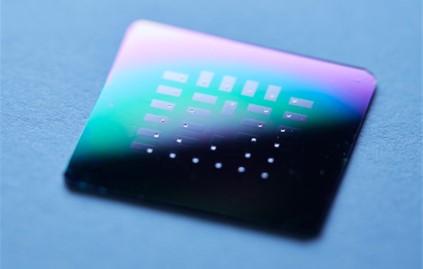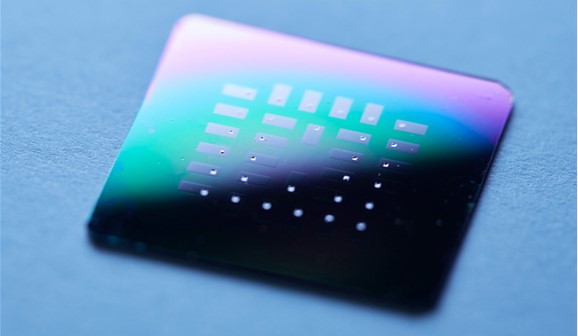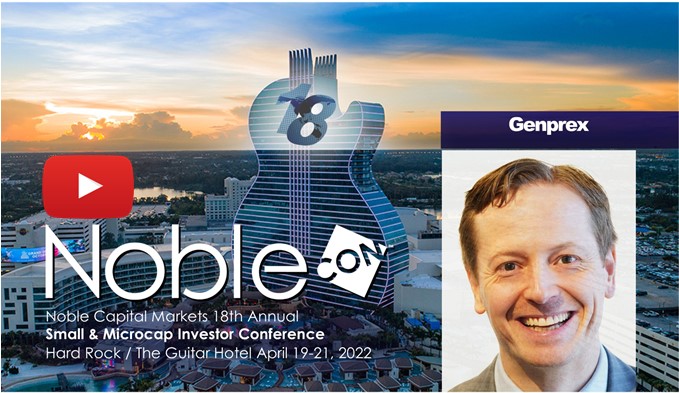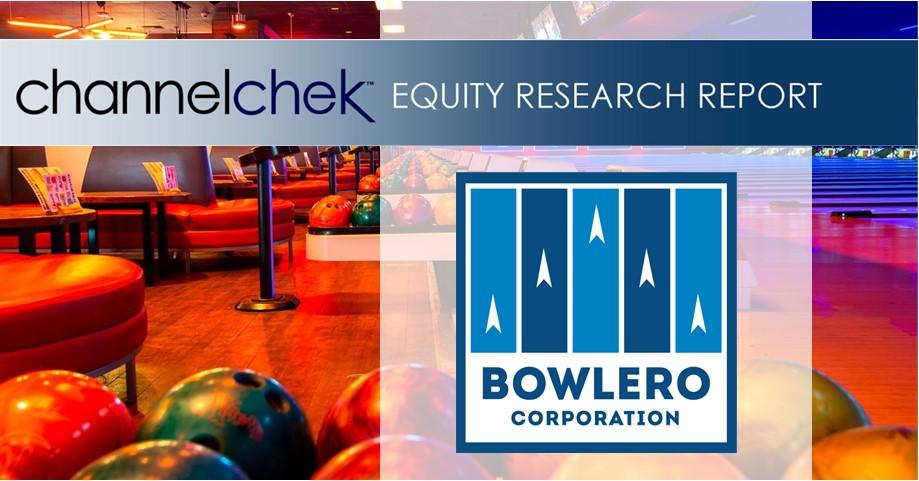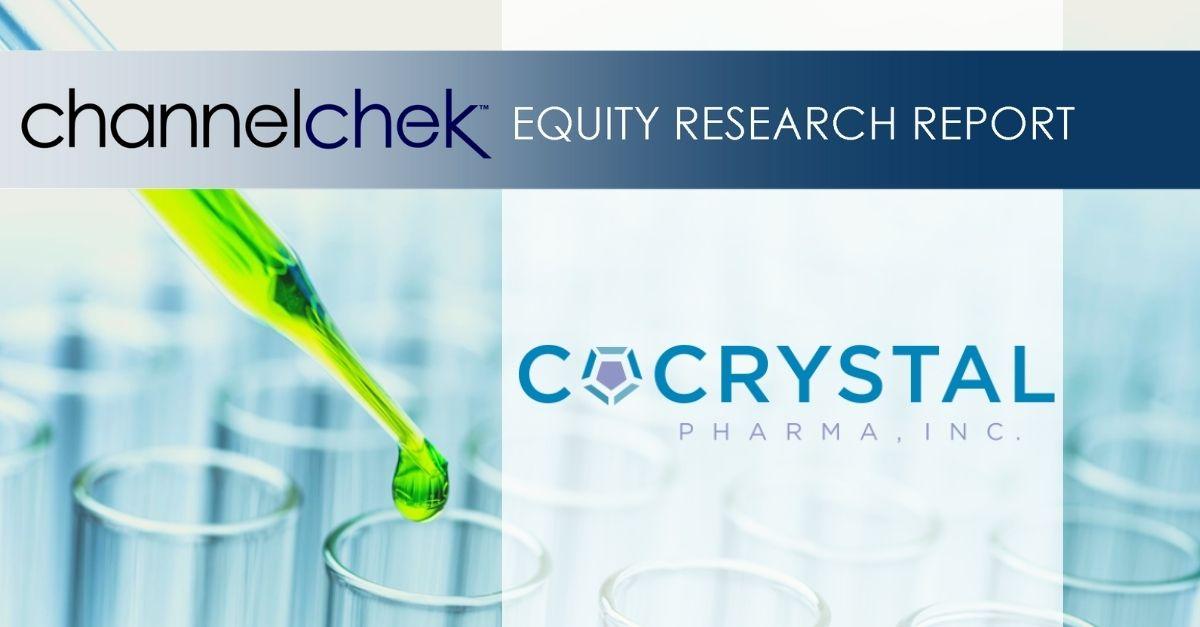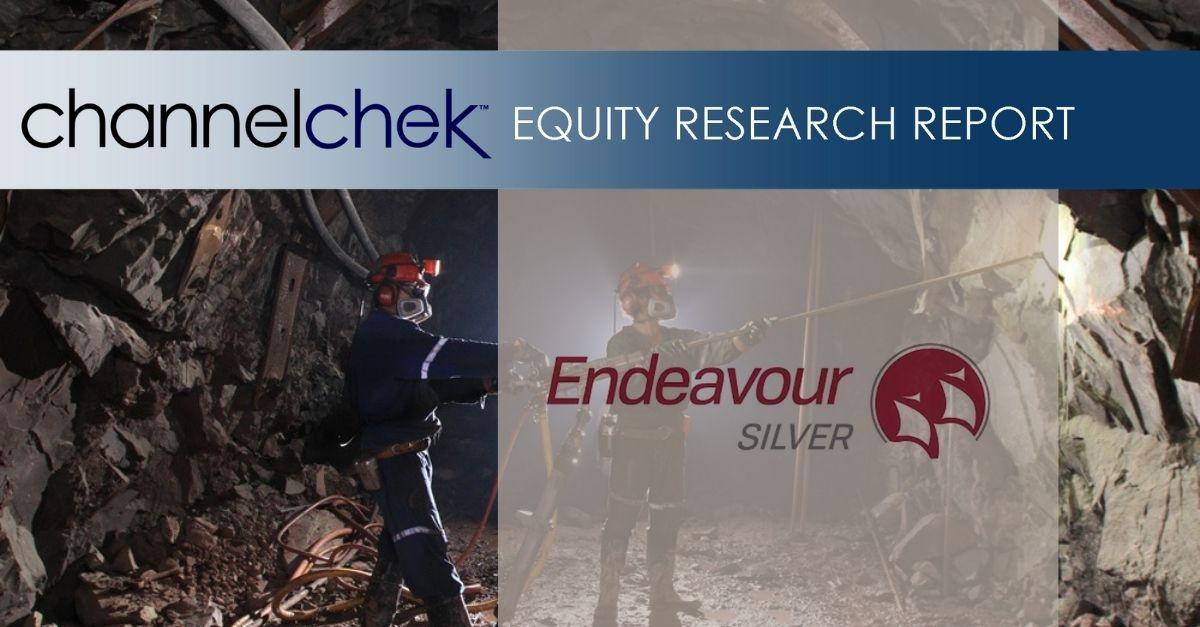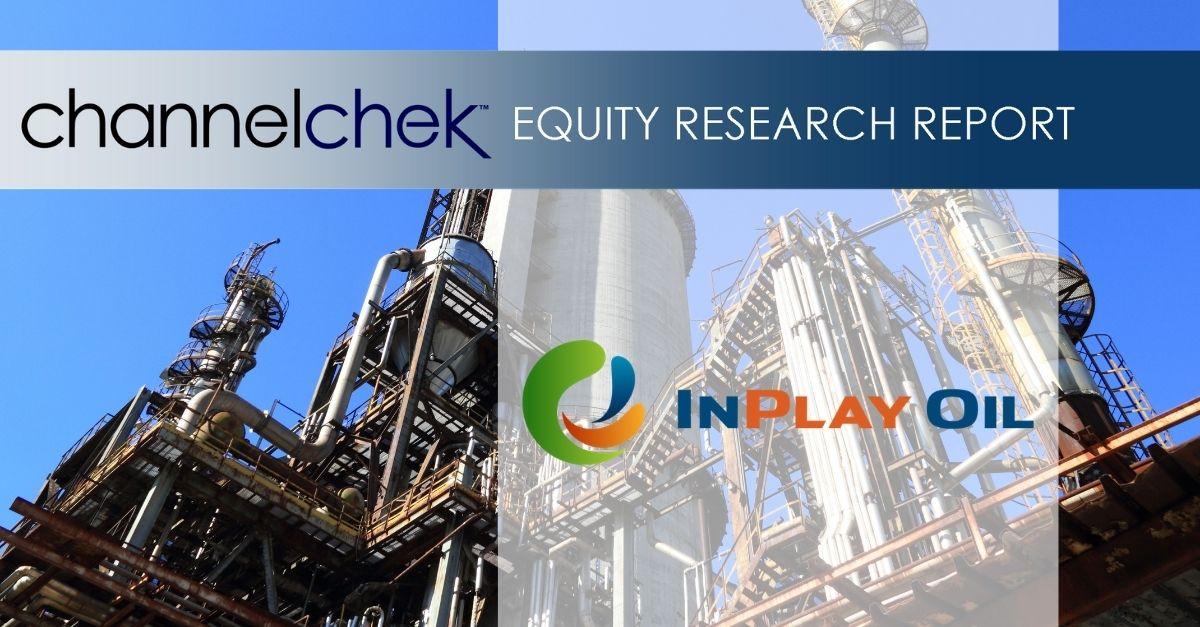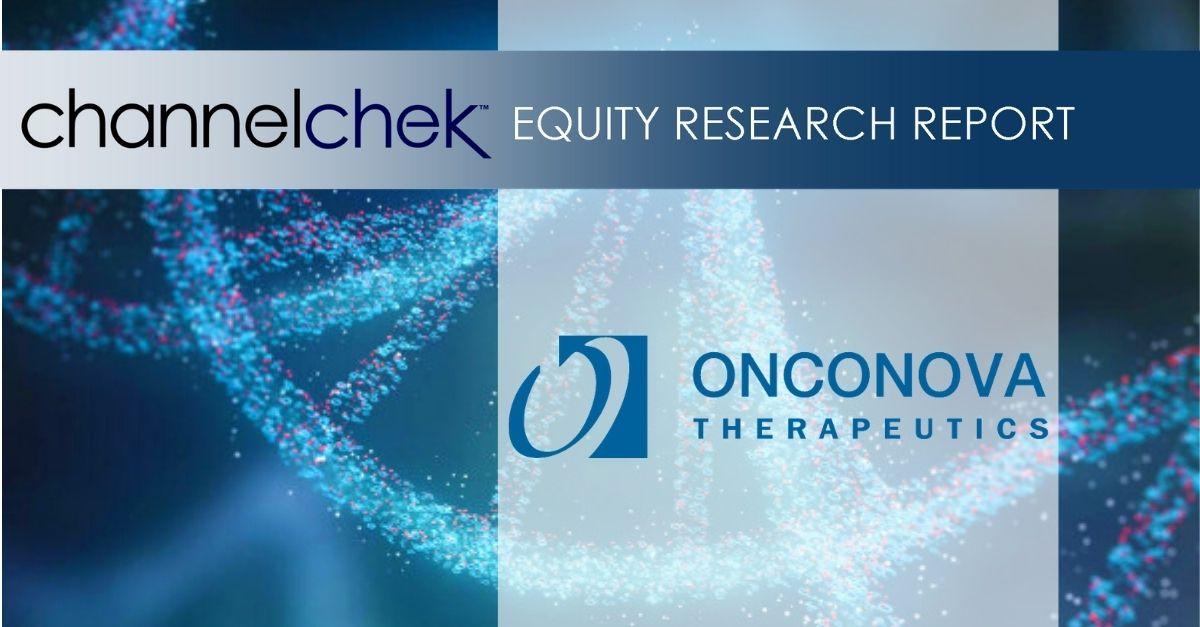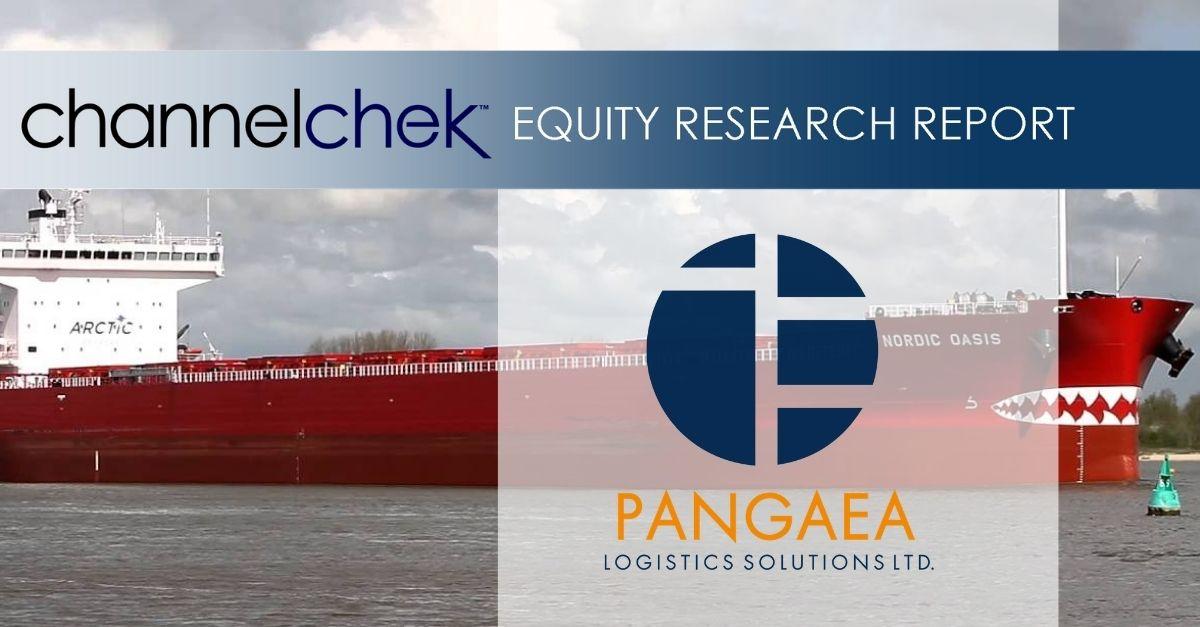QuoteMedia Announces 18% Revenue Growth for Q1 2022
Research, News, and Market Data on QuoteMedia
PHOENIX, May 13, 2022 (GLOBE NEWSWIRE) — QuoteMedia, Inc. (OTCQB: QMCI), a leading provider of market data and financial applications, announced financial results for the quarter ended March 31, 2022.
QuoteMedia provides banks, brokerage firms, private equity firms, financial planners and sophisticated investors with a more economical, higher quality alternative source of stock market data and related research information. We compete with several larger legacy organizations and a modest community of other smaller companies. QuoteMedia provides comprehensive market data services, including streaming data feeds, on-demand request-based data (XML/JSON), web content solutions (financial content for website integration) and applications such as Quotestream Professional desktop and mobile.
Highlights for Q1 2022 include the following:
- Quarterly revenue increased to $4,263,796 in Q1 2022 from $3,606,218 in 2021, an increase of $657,578 (18%).
- Quarter over quarter revenue increased 9% when comparing Q1 2022 to Q4 2021.
- Net income for Q1 2022 was $204,666 compared to $23,087 in Q1 2021, an improvement in profitability of $181,579.
- Adjusted EBITDA for Q1 2022 was $680,424 compared to $243,913 in Q1 2021, an improvement of $436,511.
“2021 was a great year for QuoteMedia, and the momentum has carried over into 2022,” said Robert J. Thompson, Chairman of the Board. “We continued to increase our market share, developed important relationships with clients and partners, created new innovative product and service offerings, and we are continuing to explore other opportunities to grow the company. Consistent with our previous forecasts, we experienced very strong revenue growth during the quarter, and we fully expect to maintain this trajectory throughout the remainder of the year and beyond. Based on clients already under contract, or in final stages of negotiations, we anticipate particularly strong revenue growth in the second half of this year, and we remain on track to achieve full year revenue growth of 20% or higher.”
QuoteMedia will host a conference call Friday, May 13, 2022 at 2:00 PM Eastern Time to discuss the Q1 2022 financial results and provide a business update.
Conference Call Details:
Date: May 13, 2022
Time: 2:00 PM Eastern
Dial-in number: 866-342-8591
Conference ID: QUOTEMEDIA
An audio rebroadcast of the call will be available later at: www.quotemedia.com
About QuoteMedia
QuoteMedia is a leading software developer and cloud-based syndicator of financial market information and streaming financial data solutions to media, corporations, online brokerages, and financial services companies. The Company licenses interactive stock research tools such as streaming real-time quotes, market research, news, charting, option chains, filings, corporate financials, insider reports, market indices, portfolio management systems, and data feeds. QuoteMedia provides industry leading market data solutions and financial services for companies such as the Nasdaq Stock Exchange, TMX Group (TSX Stock Exchange), Canadian Securities Exchange (CSE), London Stock Exchange Group, FIS, U.S. Bank, Broadridge Financial Systems, JPMorgan Chase, CI Financial, Canaccord Genuity Corp., Hilltop Securities, HD Vest, Stockhouse, Zacks Investment Research, General Electric, Boeing, Bombardier, Telus International, Business Wire, PR Newswire, FolioFN, Regal Securities, ChoiceTrade, Cetera Financial Group, Dynamic Trend, Inc., Qtrade Financial, CNW Group, IA Private Wealth, Ally Invest, Inc., Suncor, Virtual Brokers, Leede Jones Gable, Firstrade Securities, Charles Schwab, First Financial, Cirano, Equisolve, Stock-Trak, Mergent, Cision, Day Trade Dash, LLC and others. Quotestream®, QModTM and Quotestream ConnectTM are trademarks of QuoteMedia. For more information, please visit
www.quotemedia.com .
Statements about QuoteMedia’s future expectations, including future revenue, earnings, and transactions, as well as all other statements in this press release other than historical facts are “forward-looking statements” within the meaning of the Private Securities Litigation Reform Act of 1995. QuoteMedia intends that such forward-looking statements be subject to the safe harbors created thereby. These statements involve risks and uncertainties that are identified from time to time in the Company’s SEC reports and filings and are subject to change at any time. QuoteMedia’s actual results and other corporate developments could differ materially from that which has been anticipated in such statements.
Below are the specific forward-looking statements included in this press release:
- Consistent with our previous forecasts, we experienced very strong revenue growth during the quarter, and we fully expect to maintain this trajectory throughout the remainder of the year and beyond. Based on clients already under contract, or in final stages of negotiations, we anticipate particularly strong revenue growth in the 2nd half of this year, and we remain on track to achieve full year revenue growth of 20% or higher.
QuoteMedia Investor
Relations
Brendan Hopkins
Email:
investors@quotemedia.com
Call: (407) 645-5295
Note 1 on Non-GAAP
Financial Measures
We believe that Adjusted EBITDA, as a non-GAAP pro forma financial measure, provides meaningful information to investors in terms of enhancing their understanding of our operating performance and results, as it allows investors to more easily compare our financial performance on a consistent basis compared to the prior year periods. This non-GAAP financial measure also corresponds with the way we expect investment analysts to evaluate and compare our results. Any non-GAAP pro forma financial measures should be considered only as supplements to, and not as substitutes for or in isolation from, or superior to, our other measures of financial information prepared in accordance with GAAP, such as net income attributable to QuoteMedia, Inc.
We define and calculate Adjusted EBITDA as net income attributable to QuoteMedia, Inc., plus: 1) depreciation and amortization, 2) stock compensation expense, 3) interest expense, 4) foreign exchange loss (or minus a foreign exchange gain), and 5) income tax expense. We disclose Adjusted EBITDA because we believe it is a useful metric by which to compare the performance of our business from period to period. We understand that measures similar to Adjusted EBITDA are broadly used by analysts, rating agencies, investors and financial institutions in assessing our performance. Accordingly, we believe that the presentation of Adjusted EBITDA provides useful information to investors. The table below provides a reconciliation of Adjusted EBITDA to net income attributable to QuoteMedia, Inc., the most directly comparable GAAP financial measure.
|
Quotemedia, Inc. Adjusted EBITDA Reconciliation to Net Income |
|||||
|
2022 |
2021 |
||||
|
Net income |
$ |
204,666 |
$ |
23,087 |
|
|
Depreciation and amortization |
487,095 |
347,788 |
|||
|
Stock-based compensation |
4,239 |
6,939 |
|||
|
Interest expense |
1,224 |
1,008 |
|||
|
Foreign exchange gain |
(17,590) |
(2,448) |
|||
|
Income tax expense |
790 |
796 |
|||
|
PPP loan forgiveness |
– |
(133,257) |
|||
|
Adjusted EBITDA |
$ |
680,424 |
$ |
243,913 |
|
